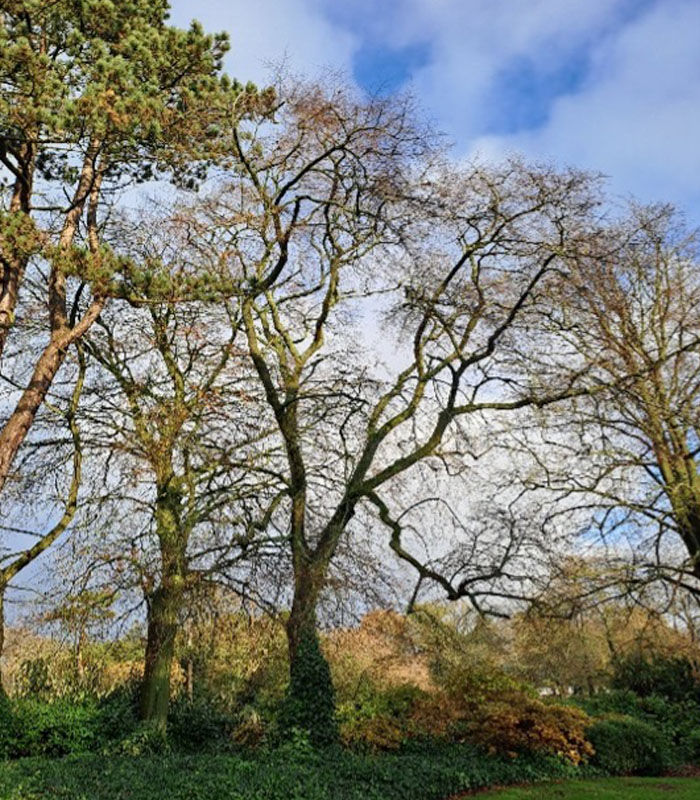
Botanical Name: Tilia cordata
Common Name: Small-Leaved Lime
Native to Europe and Britain. Otherwise known as the Small-leaved Linden. 5000 years ago was the dominant tree in NW European lowland "Wildwood" The leaves are small triangular-ovate in shape.Valuable timber - white or yellow wood. Once seasoned does not warp or change dimensions. Often used for keys and sounding boards on pianos and organs.
The small-leaved lime has a rich history intertwined with European culture, from its historical uses in craftsmanship to its symbolic value in folklore and its continued role in urban and natural landscapes.
20679